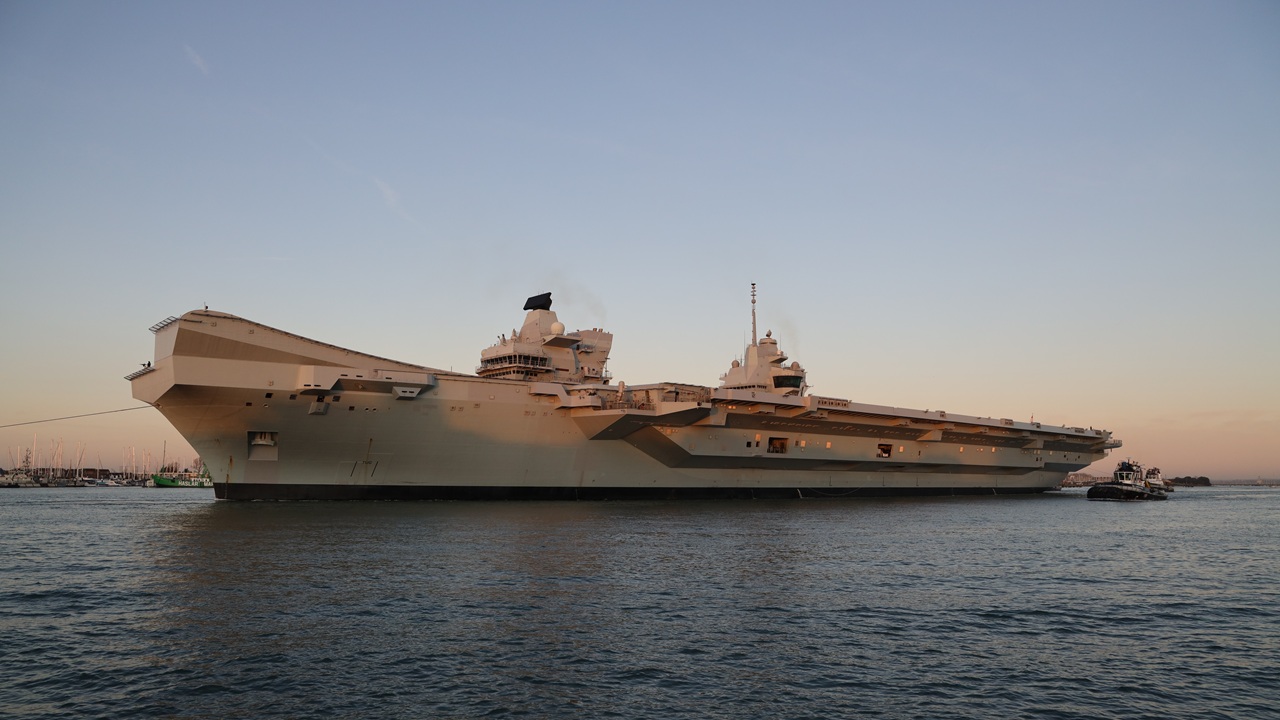The British F-35B fighter jet, which had been stranded in India for over a month due to a hydraulic failure, has successfully returned to the HMS Prince of Wales after undergoing repairs. The aircraft departed from Thiruvananthapuram International Airport and rejoined the Royal Navy’s flagship on July 28, 2025. This incident has raised concerns regarding the UK’s defense readiness and the reliability of its military hardware.
The F-35B, designated tail number ZM168, was initially part of the carrier’s deployment in the Indo-Pacific region as part of Operation Highmast. On June 14, 2025, during joint exercises with the Indian Air Force, the fighter experienced a hydraulic issue, necessitating a diversion to Thiruvananthapuram. Attempts to resolve the problem on-site were unsuccessful, leading to the dispatch of a specialized engineering team from the UK and the United States.
A group of approximately twelve engineers and mechanics arrived in India on July 7, equipped with the necessary tools to conduct the repairs. For nearly two weeks, the aircraft was parked in a remote area of the airport before being moved to a secure hangar, where repairs were completed on July 22.
According to reports from Navy Lookout, the situation was not treated as an emergency, as the aircraft was well-guarded by both British and Indian personnel. Yet, the prolonged downtime has been criticized, particularly regarding the perception of the UK’s military capabilities.
The decision to return the aircraft to the HMS Prince of Wales may have been influenced by logistical considerations, as India is strategically located between the UK and northern Australia, where the carrier was headed. The UK’s Ministry of Defence (MoD) likely aimed to demonstrate its operational capability by ensuring the jet could fly directly from Thiruvananthapuram to Darwin, Australia.
In-flight refueling was provided by an RAF Voyager tanker during the journey back.
The breakdown of the F-35B has been perceived as a public relations setback. The Royal United Service Institute described the incident as a “PR disaster,” cautioning that such events can be exploited by rival states to undermine public confidence in the British military. The situation was further highlighted on social media, where memes circulated depicting the F-35B in a humorous light, with one meme suggesting Kerala was too wonderful a place for the fighter to leave.
The aircraft’s return to the HMS Prince of Wales coincided with the presence of additional F-35s from the US Marine Fighter Attack Squadron 242 (VMFA-242), which had been conducting joint operations with the Royal Navy. These US Marine Corps F-35s participated in the ongoing Talisman Sabre 2025 multinational exercises alongside UK squadrons, including the Royal Air Force’s 617 Squadron, known as the “Dambusters,” and Naval Air Squadron 809, referred to as the “Immortals.”
As military exercises continue in the region, the duration of the USMC F-35Bs’ operations from the UK’s carrier remains uncertain. The returning F-35B’s presence on the HMS Prince of Wales underscores the ongoing collaboration between British and American forces in enhancing security and operational readiness in the Indo-Pacific.
The complexities surrounding the stranded F-35B serve as a reminder of the challenges faced by modern military forces, as they strive to maintain readiness and public confidence in an increasingly scrutinized environment.
